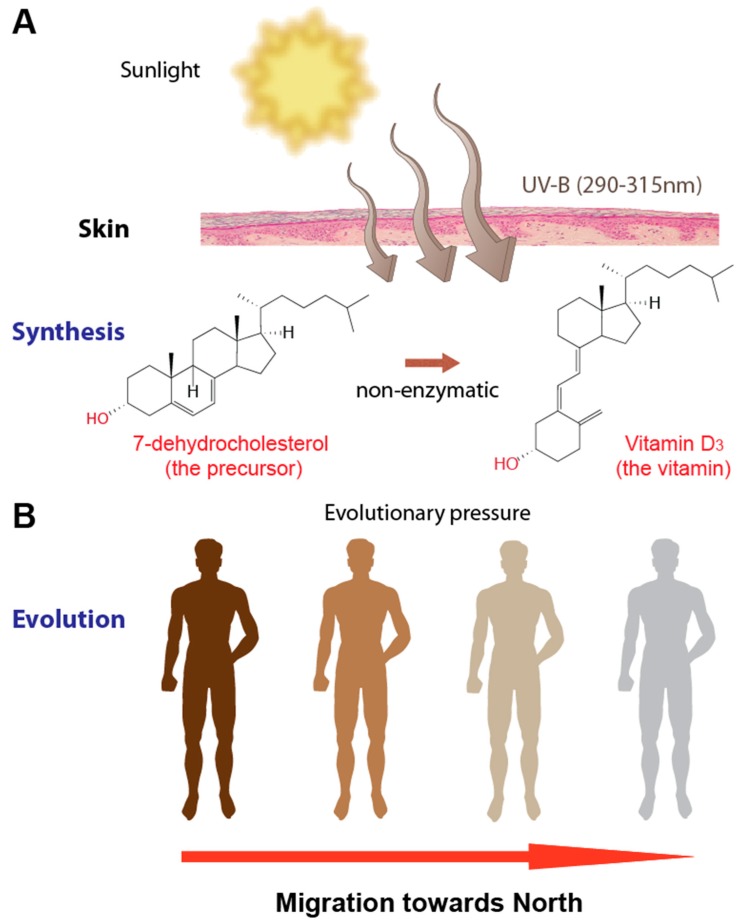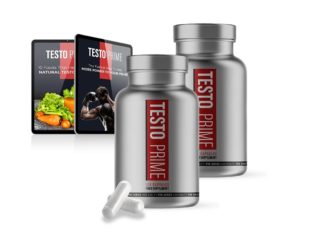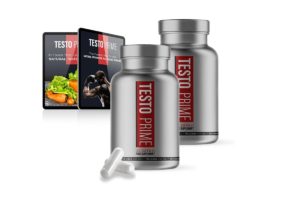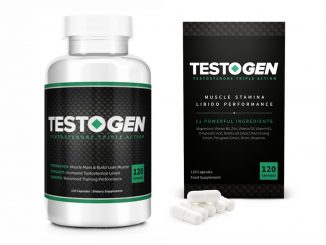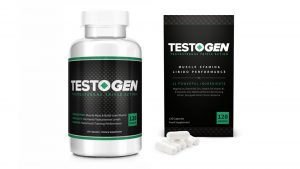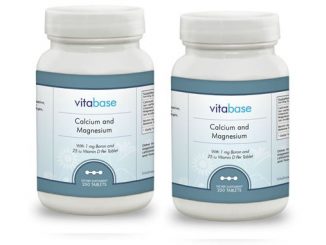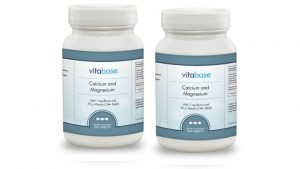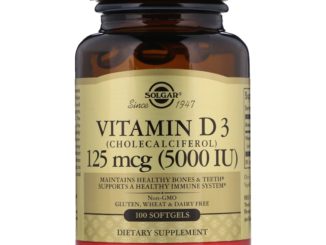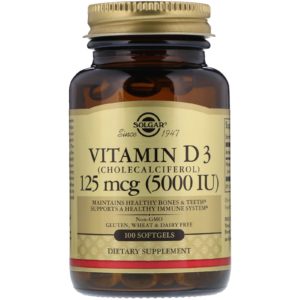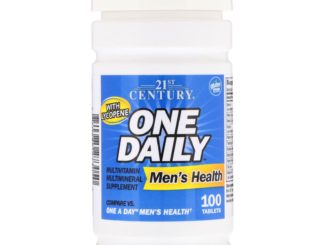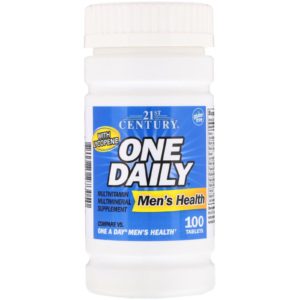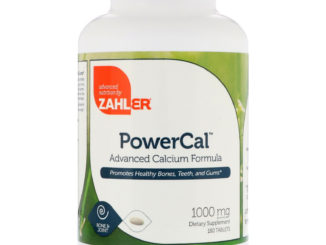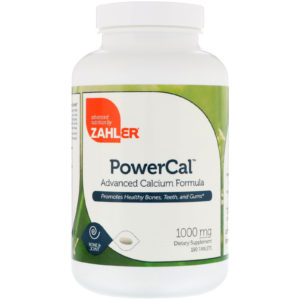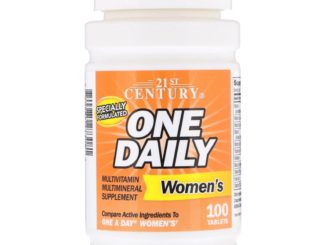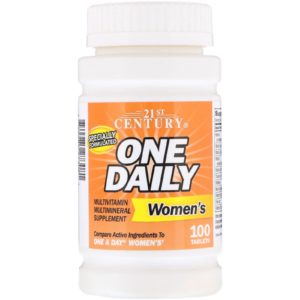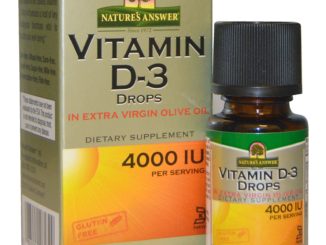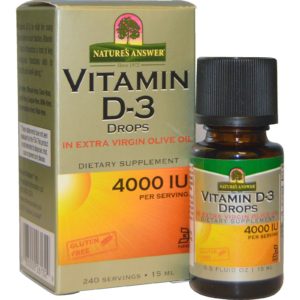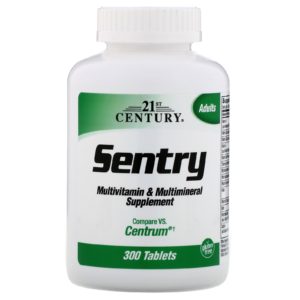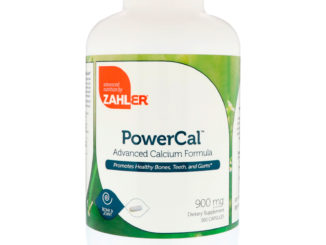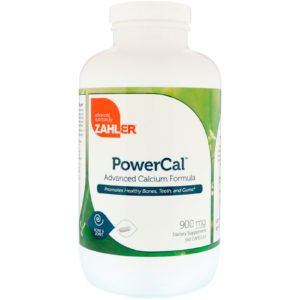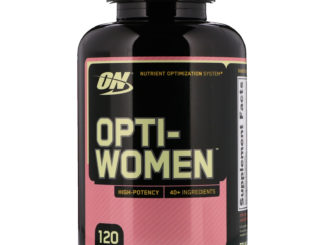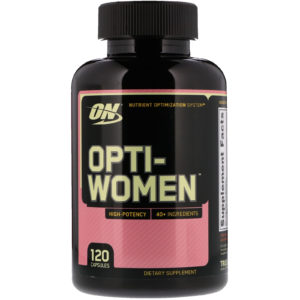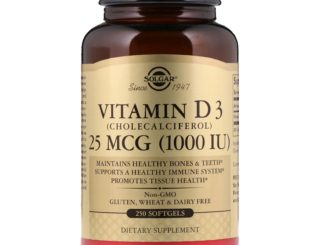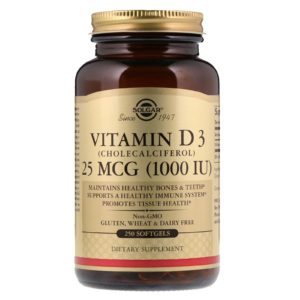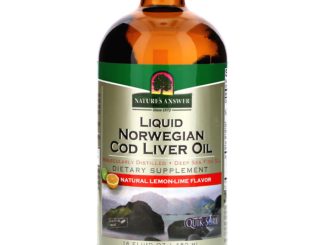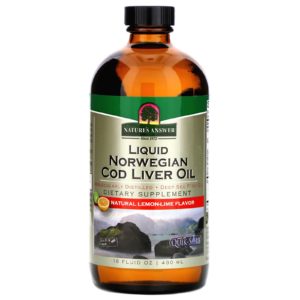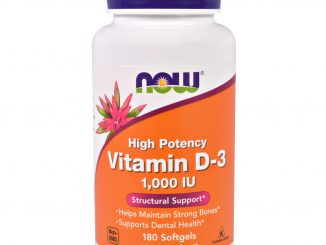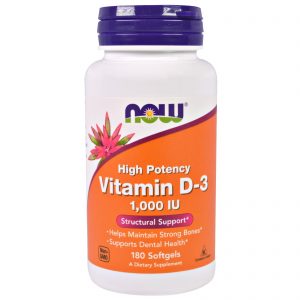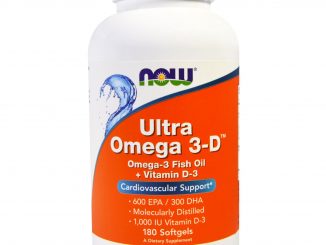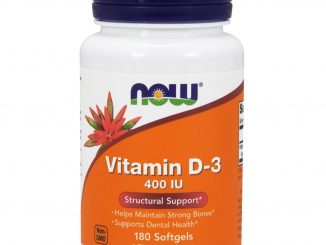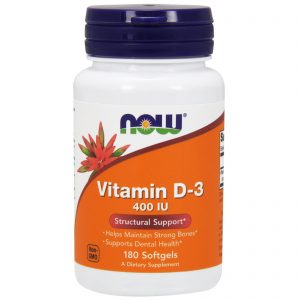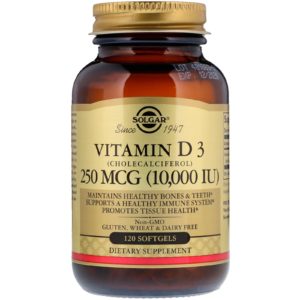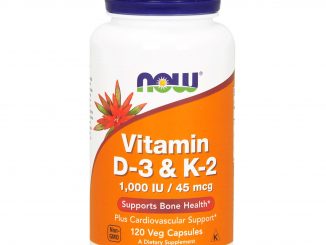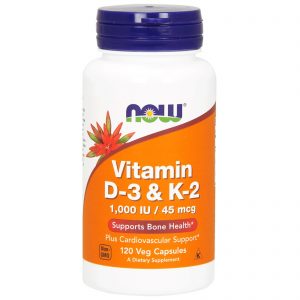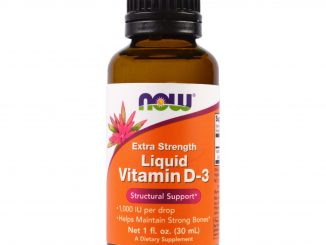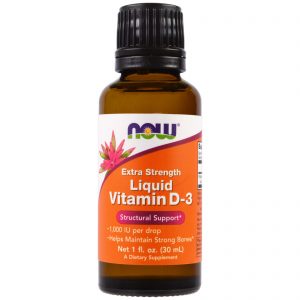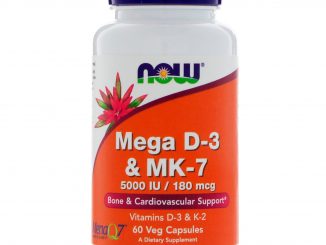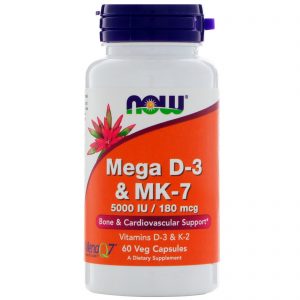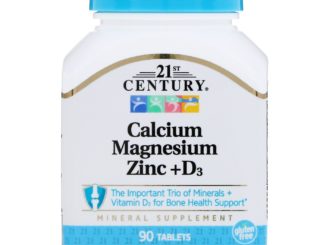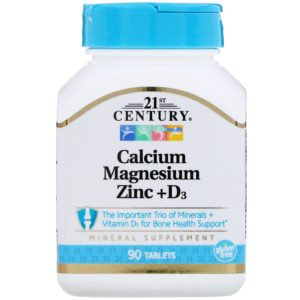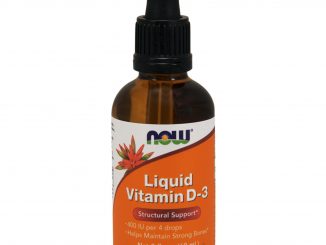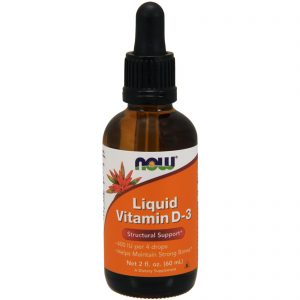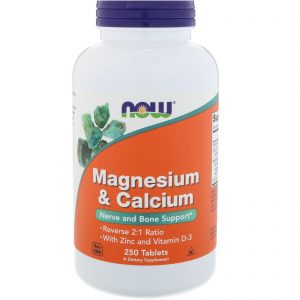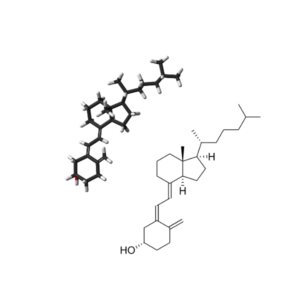The properties of Vitamin D3
Cholecalciferol, also known as vitamin D3 and colecalciferol, is a type of vitamin D which is made by the skin when exposed to sunlight; it is also found in some foods and can be taken as a dietary supplement. It is used to treat and prevent vitamin D deficiency and associated diseases, including rickets. It is also used for familial hypophosphatemia, hypoparathyroidism that is causing low blood calcium, and Fanconi syndrome. It is usually taken by mouth.
Vitamin D is a fat soluble vitamin important in the regulation of calcium metabolism and bone health and deficiency of which cause rickets, a disease marked by lack of mineralization of bone. Conventional doses of vitamin D are well tolerated without appreciable adverse effects. High doses of vitamin D can be toxic, leading to a constellation of signs and symptoms but not liver injury or jaundice.
In humans, evidence exists on associations between vitamin D deficiency and impaired immune function, leading to autoimmunity in genetically predisposed people and increased risk for infections(889).
Vitamin D regulates both adaptive and innate immunity as well as inflammatory cascade on the cellular level(891).
Vitamin D is important for both cellular metabolism and immunity, as it controls calcium homeostasis and modulates the response of the innate and adaptive immune system. At sufficient UV-B exposure, humans can synthesize vitamin D₃ endogenously in their skin, but today's lifestyle often makes the molecule a true vitamin and micronutrient that needs to be taken up by diet or supplementation with pills.
The individual's molecular response to vitamin D requires personalized supplementation with vitamin D₃, in order to obtain optimized clinical benefits in the prevention of osteoporosis, sarcopenia, autoimmune diseases, and possibly different types of cancer(893).
